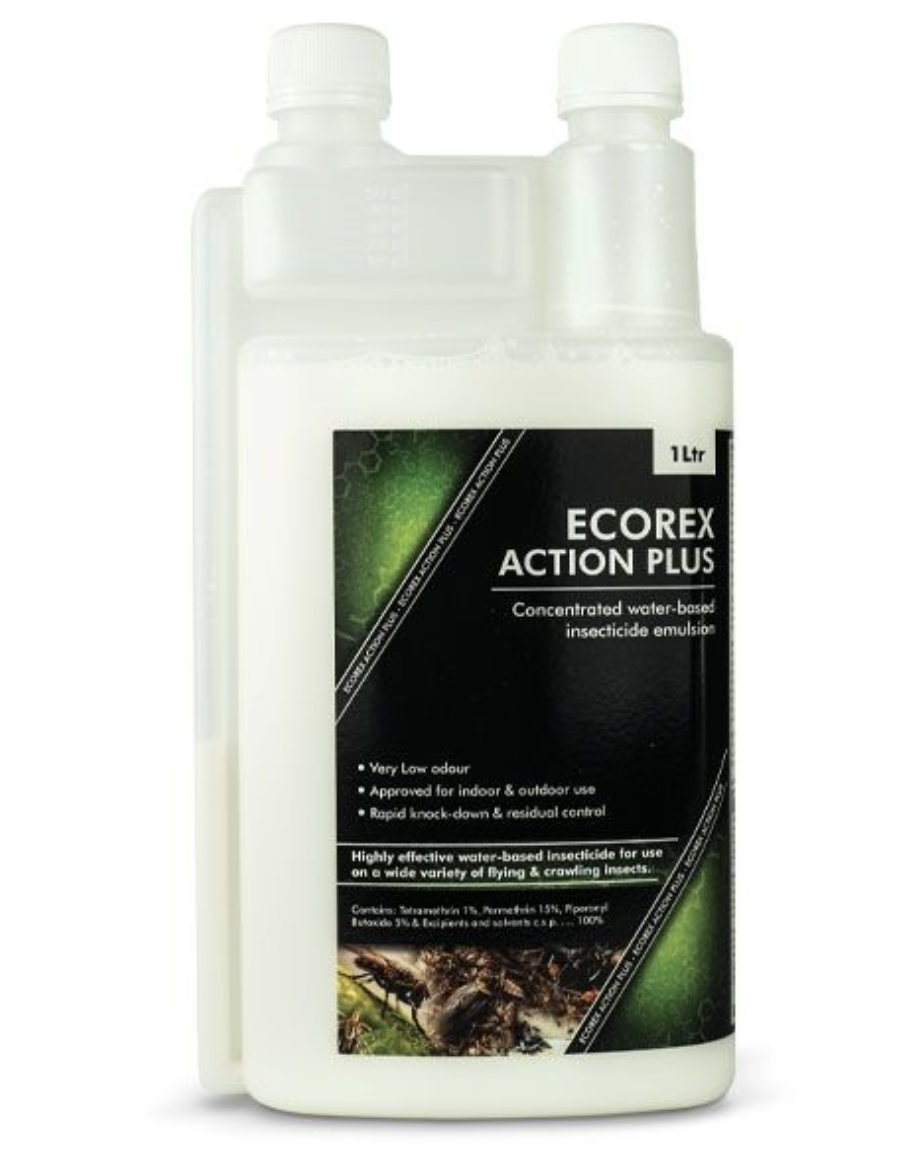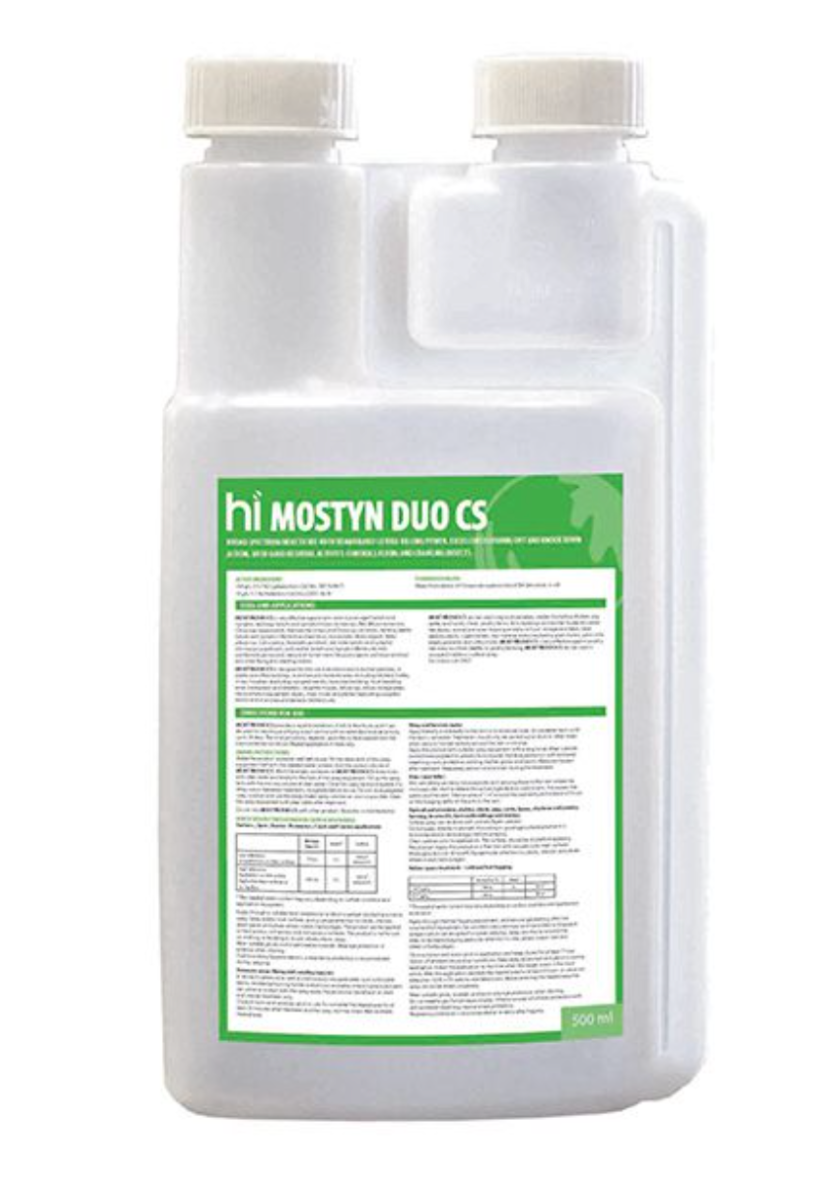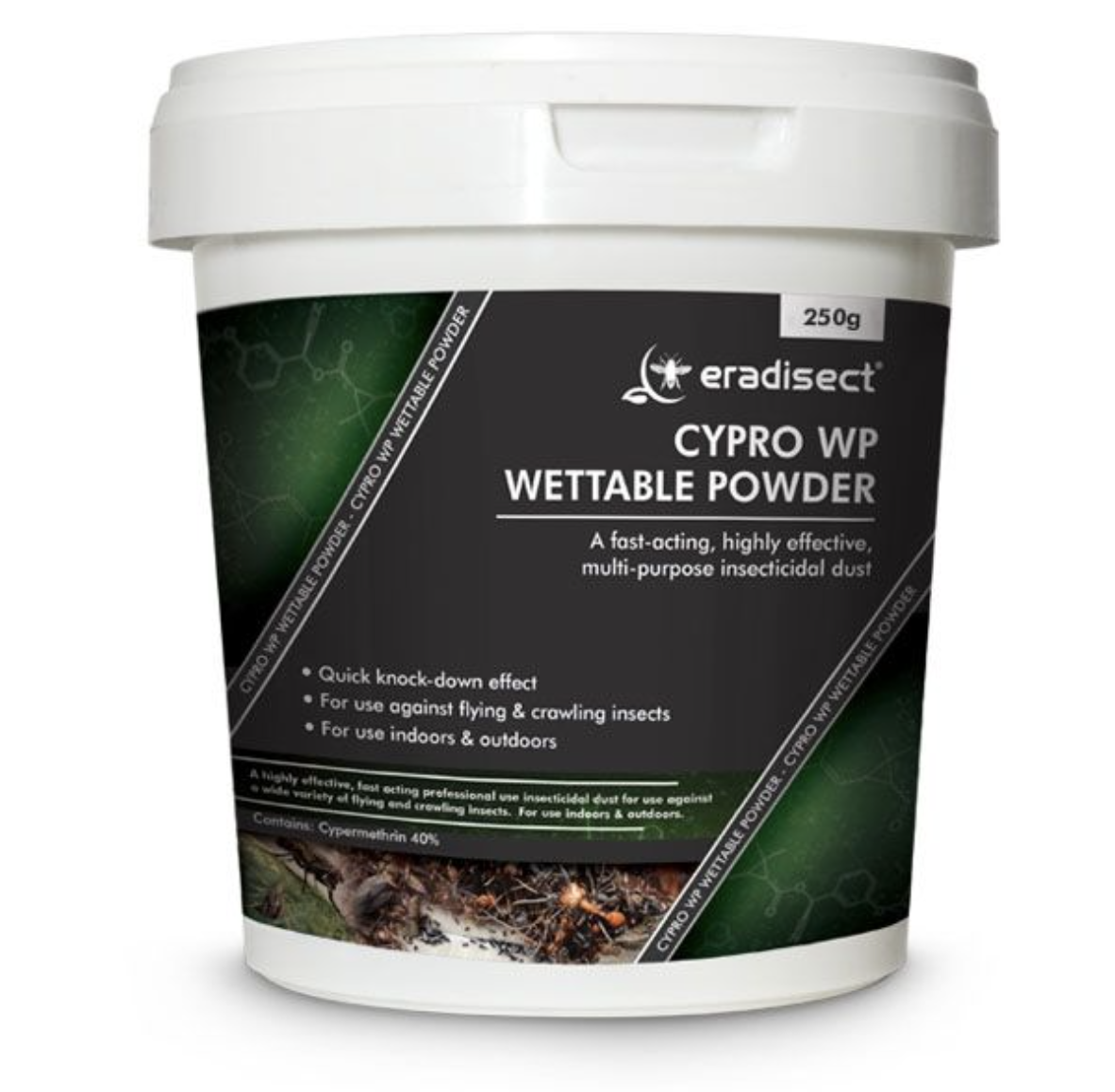House Cricket (Acheta Domesticus)
House Cricket (Acheta Domesticus)
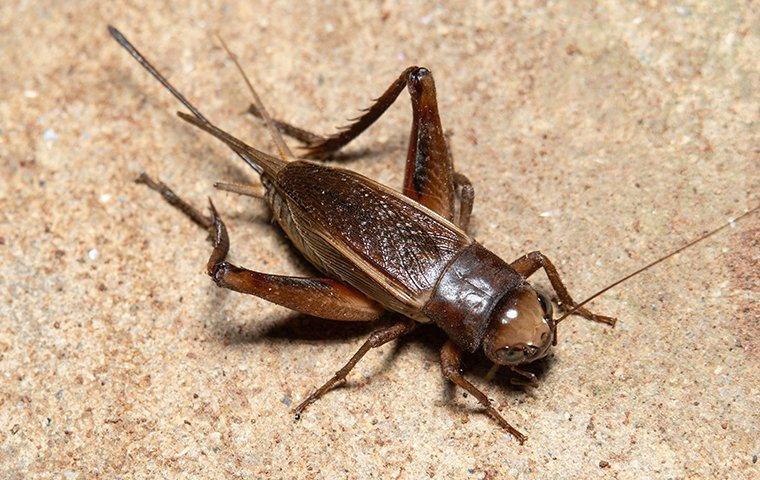 |
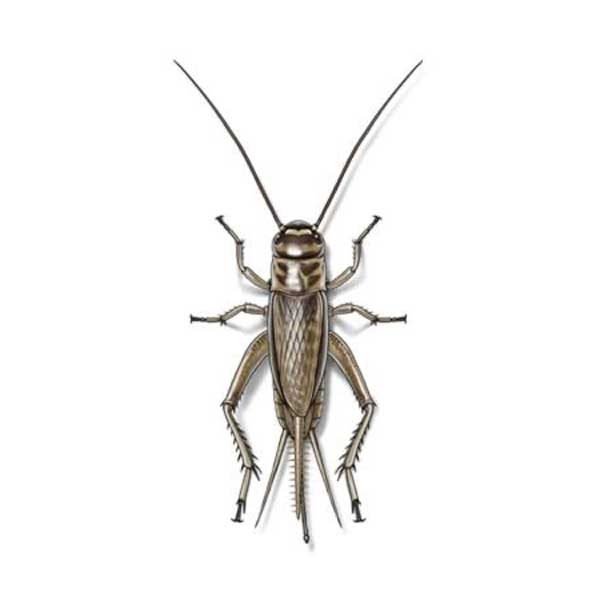 |
Identification:
16mm long and yellow brown in colour with three dark bands behind the head, and long, pointed wings. House crickets are common outdoors and are particularly common around refuse dumps. Like field crickets, house crickets are strongly attracted to light. They feed on plant material and dead or weakened insects
Biology:
Crickets lay between150 to 400 eggs at a time. Eggs take from 78 to 90 days to mature. They usually produce one generation per year but occasionally two. 95% over winter in the egg stage. These eggs hatch around May, although temperature is the main factor. Newly hatched crickets can walk, run, and jump immediately after hatching.
Control:
Crickets should not be considered a serious pest in homes. They are more often just a nuisance, causing little actual damage to property. Outdoor lighting is the most important single cause of severe cricket infestations around homes and commercial buildings. Buildings that are brightly lit at night are most likely to attract the largest numbers of crickets during the mating season. Reducing outdoor lights is the first, and most important, step in any cricket control. All potential points of entry for crickets should be proofed. Cockroach monitoring traps will also account for large numbers of crickets where it is not practicable to use a residual insecticide spray.
Products to control House Cricket :
|
Ecorex Action Plus (1L) |
Mostyn Duo CS (500ml) |
Cypro WP (250g) |

